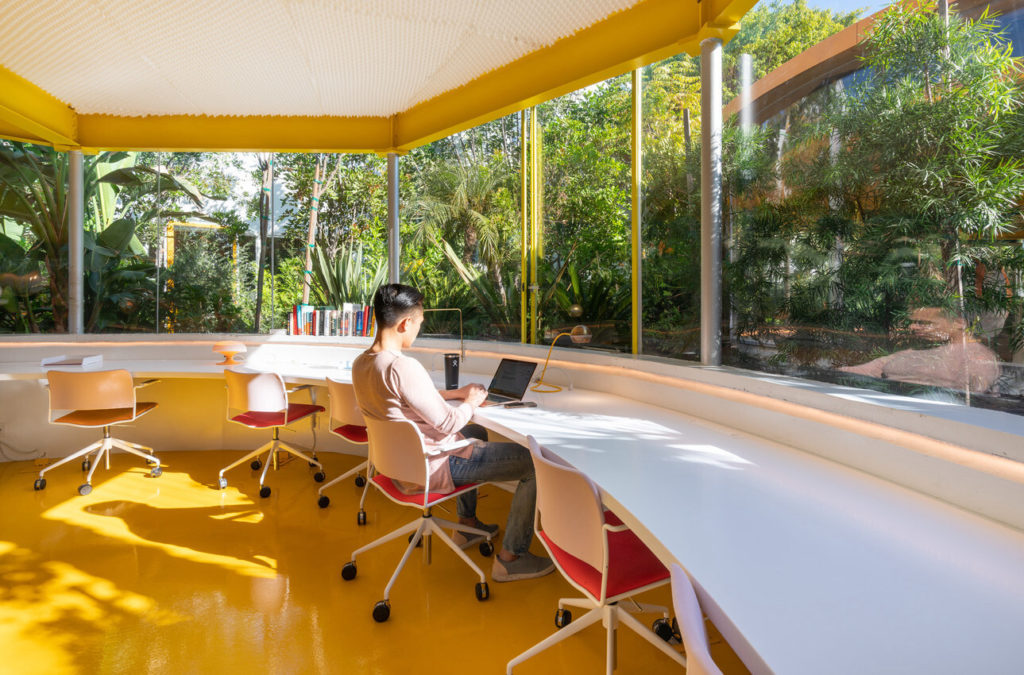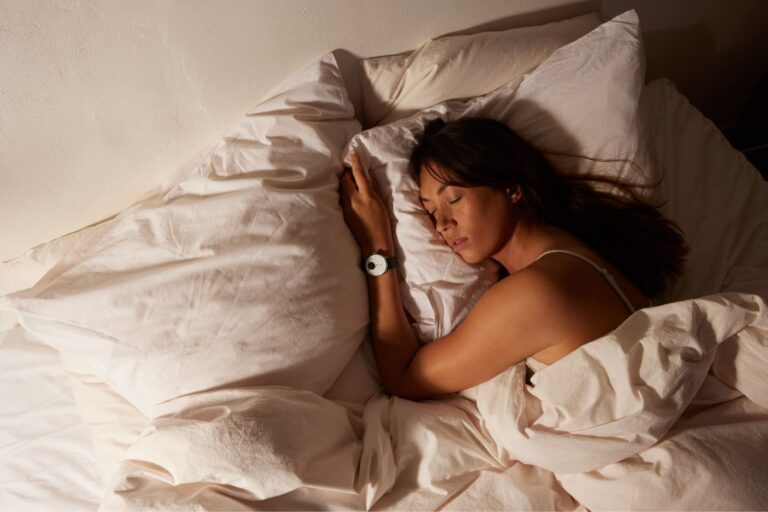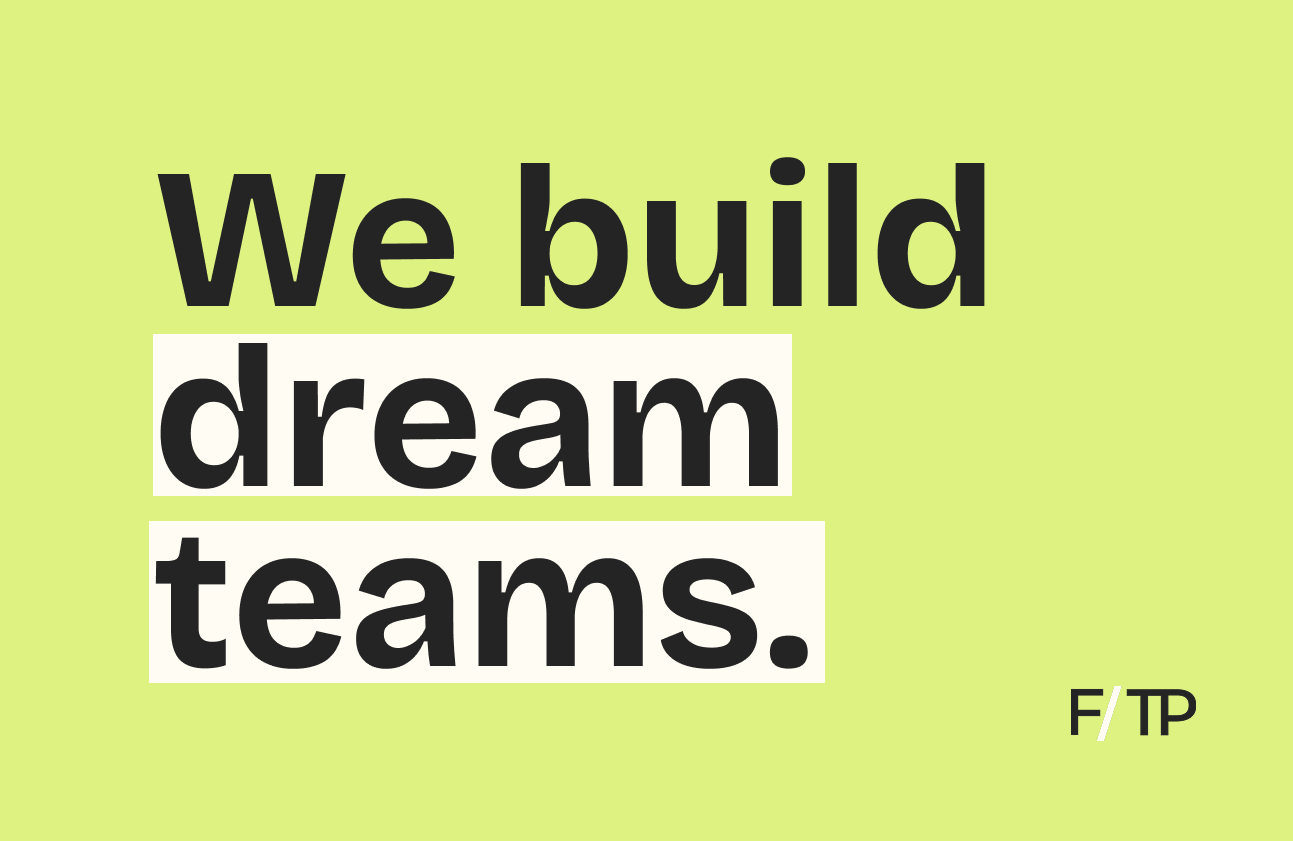Burning out, getting sick, and developing chronic pain on the clock, employees are no longer satisfied with an office gym or nap pod.
As return to office looms, 60% of workers say they would take a pay cut for a healthier working environment. Along the way, offices are getting a much-needed makeover to improve employee well-being.
Designing for Workplace Wellness
Startups are reimagining the cubicle lifestyle to attract and retain a healthier workforce. More affordable than a full-blown renovation, biophilic design (incorporating nature into built environments) is having a moment.
These upgrades install natural elements, such as green walls, proven to reduce stress and anxiety while facilitating cognition and creativity. Anticipating demand, upstarts around the world are leaning in.
To the window. Boosting health and productivity, exposure to natural light and access to outdoor views often rank as the top desired attribute for employees. Companies like Kindow offer intelligent blinds that optimize light distribution based on time of day. In the absence of real rays, BIOS Lighting and Samsung’s SunnyFive offer artificial alternatives.
To the wall. Living walls improve indoor air quality, absorb unwanted sound, and soften industrial environments, creating a more soothing workspace. Previously expensive and complex to install/maintain, new technologies are enabling simpler, more affordable options.
- Helsinki-based Naava, a green wall company that employs automated sensors and watering systems, secured $7M in January to boost its international growth, including the US.
- Another Scandinavian company, Sweden’s Hollbium offers Loop, a subscription-based, modular vertical farming system for offices that provides healthy herbs and leafy greens.
Others in this space include Zauben, Ambius, and Vertical Field. The latter utilizes sensors to detect unwanted particles in the air, signaling plants to react in real time and absorb more pollutants or carbon dioxide.
Breathing room. An invisible but crucial factor to health, the pandemic has launched air quality to the forefront of our consciousness. More than just living wall fabricators, startups specifically targeting air quality are on the up.
- Praan, an outdoor air purification system, creates “hyperlocal clean air zones” for hospitals, schools, corporate campuses, and more. It just raised $1.56M in mid-January.
- Dutch startup Clairify, a data-driven air quality management platform, recently secured €565K ($624.3K).
- For those who crave the real thing, Spot ($5M) takes meetings for a walk around the block.
- Phylagen, a startup that analyzes and optimizes the indoor microbiome, has seen revenue explode 10x YoY and recently partnered with Scotch-Brite to launch its first at-home test kit.
And of course, Big Tech is never far behind. Last fall, Amazon launched an air quality monitor for Alexa.
Up next, even coworking is getting a revamp. Far from your average WeWork, Second Home boasts lush, open-air working oases across the world. Its sprawling Hollywood location claims to be the “healthiest place to work in LA.”
Punchline: Fluorescent bulbs and prolonged sitting in sterile environments are killing us. From greener walls to cleaner air, workplaces are crafting spaces that integrate more nature and prioritize worker well-being in order to keep office chairs filled.






